El Muyo, un otro mundo (Another world)
- Morgan Fagg
- Sep 7, 2020
- 3 min read
Updated: Sep 8, 2020
Travel back in time with me as I head to El Muyo in Segovia where electricity is not to be taken for granted as we open up the old wooden shutters, light some candles, and even pack a gramophone.
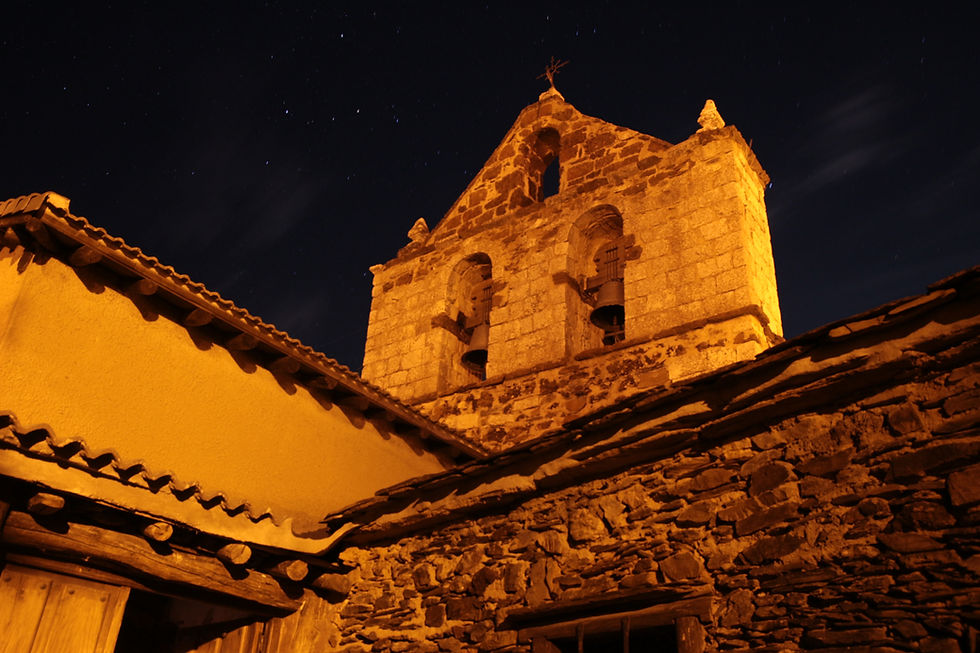
We head to Church Street, Calle La Iglesia, where a 14th-century church remains open (but not every Sunday for mass) and the bell tower still dominates the skyline.
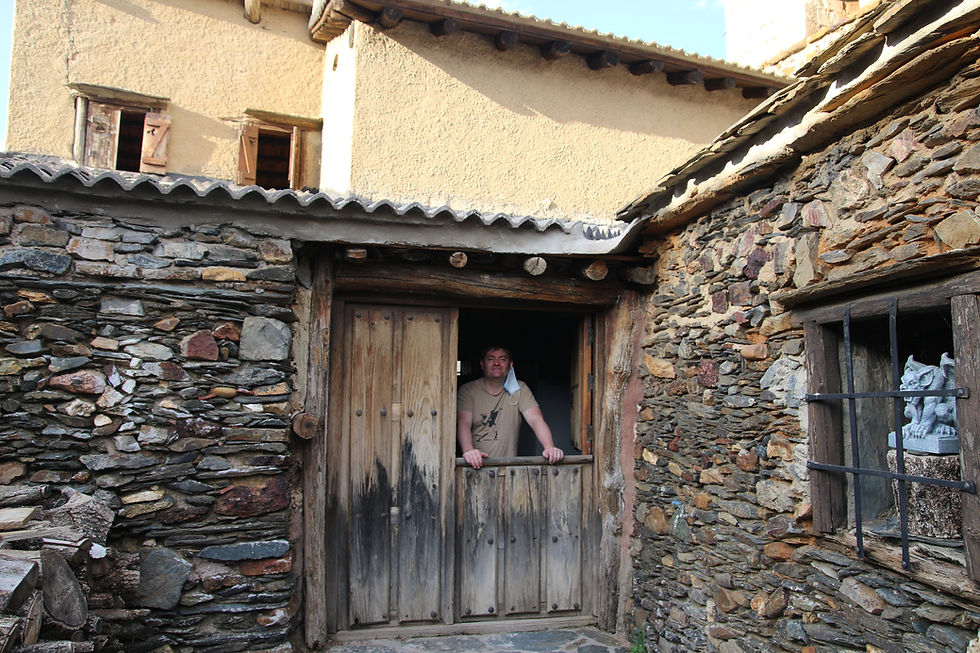
I was helping my friend to carry some furniture to the village but in reality, a crew of three movers did all of the heavy lifting as couches, a tapestry, the gramophone and two full-size terracotta warriors were brought by van from Madrid.
The house was a mixture of old and new as slate walls extended up to a more modern tile roof and electricity illuminated most of the rooms.
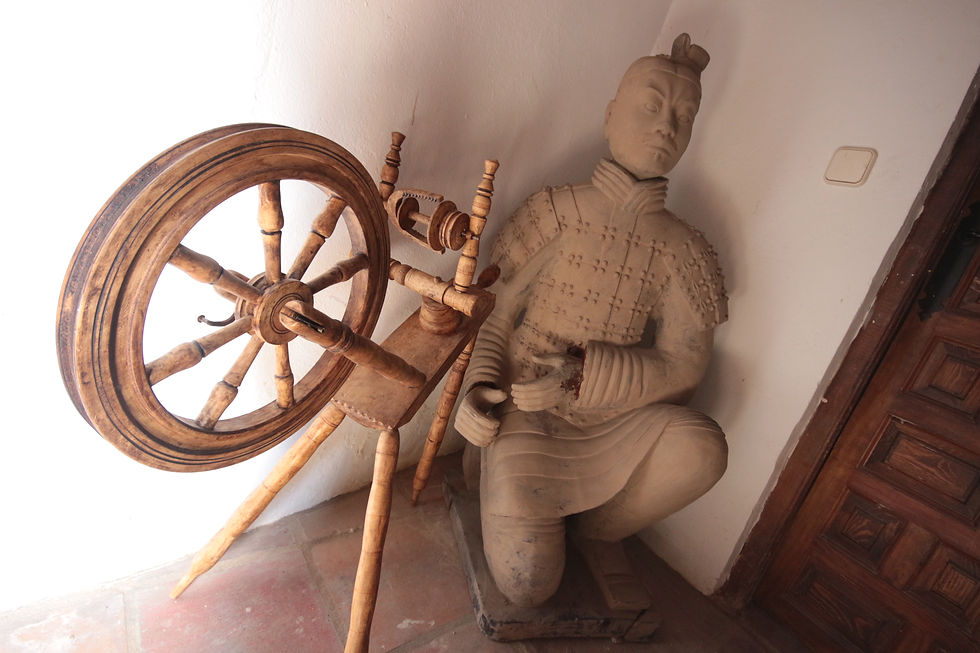
A modern kitchen with a fridge full of beer could be found by ducking through a five-foot door and an old oven’s front grill was kept pride of place as I believe the oven once acted as a bakery for the village.
I assembled an old spinning wheel and some IKEA-esque bookshelves and found some postcards of the town which my friend had made to help fundraise for the church.
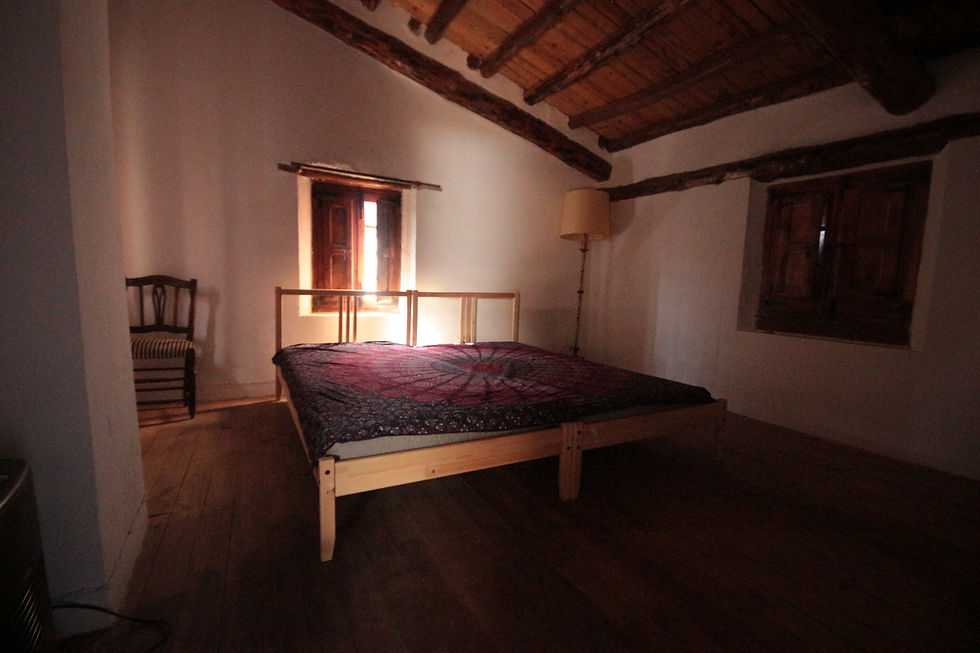
The house now has three bedrooms but maintains the old shutters and doors that you would expect to find in the village. Downstairs by a modern bathroom, the bedroom has no glass between the inner and outer shutters and upstairs one of the bedrooms must have needed a new bulb as the landing and bedroom were without light.
We substituted the light with a single candle and our smartphones when needed and I had a great night’s sleep in an incredibly comfortable bed.
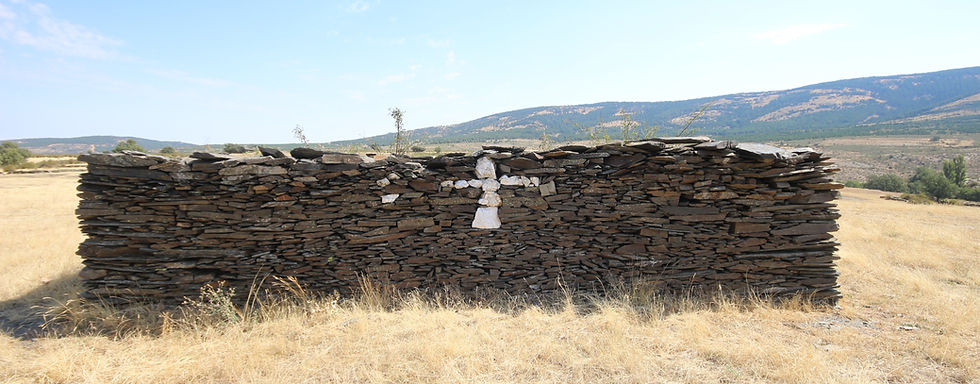
The next day while going for a short hike, I passed the town cemetery and then another building nearby which might have been an earlier cemetery or church as it had a small white cross on it.
Much further away from the small village than the cemetery was, I wondered if more than one cemetery had existed and how many plagues had the old church and town seen since the 14th century?
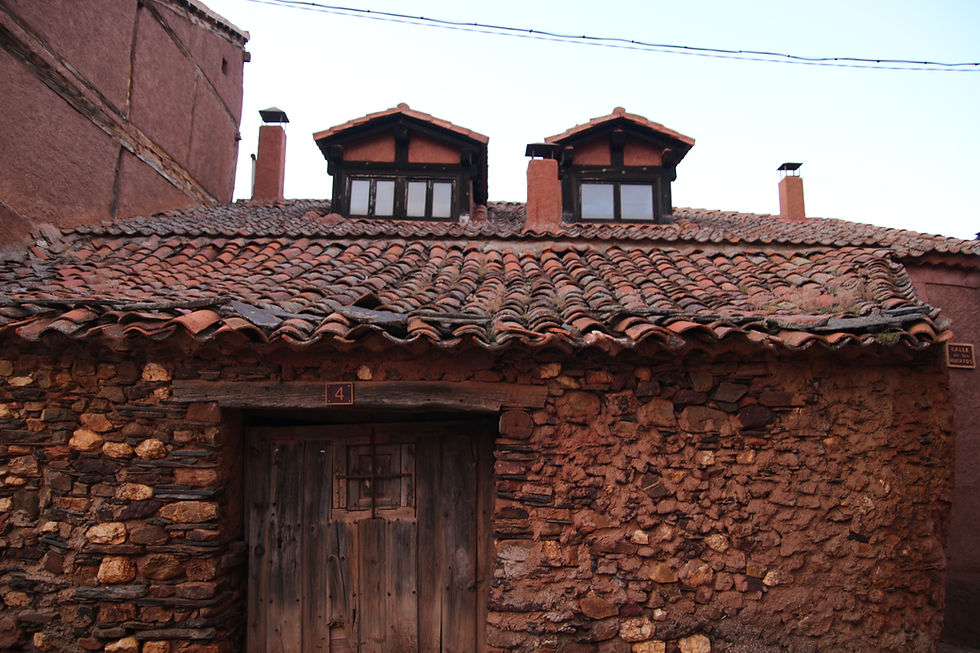
Resting at the local bar, I met Raul who came over to my table to say hi when he heard us speaking English. Raul lives in Reading in England but was busy fixing a roof while home in the pueblo negro.
I say pueblo negro, (black village) as the small community was build out of dark stones and slate.
By comparison, the nearby Madriguera village is known as a "Pueblo Rojo" because of the rich red coloured soil used in the construction of the buildings there.
As beautiful as these small villages were, there was little to do for food and I must have driven 30 kilometres to a small shop that was just closing at 8 when I arrived at 8.04.
With no food, we went to eat in a fantastic restaurant called La Pizarrera in Madriguera.
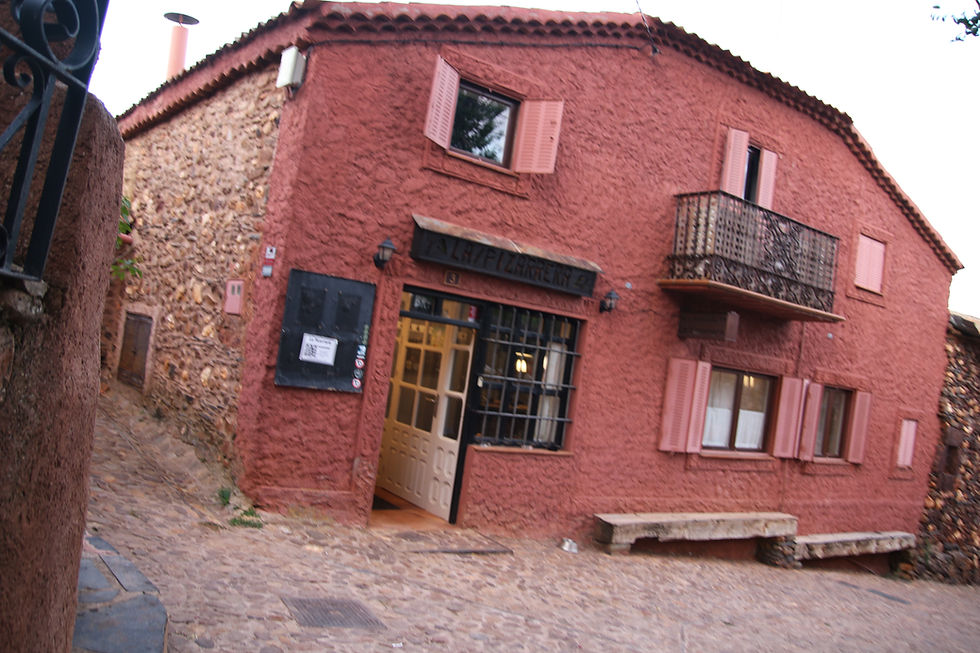
They say hunger is a good sauce and I enjoyed every delicious crump that I was served.
After hanging the tapestry in the house and placing some old skis on the wall by the large open fireplace and moving some furniture around the place. I made a video before leaving the casa rural where we met one of the neighbours who was holding the oversized keys to the church.

I guess the key to a healthy life is a N95 mask but I had spent most of the morning telling my friend Susan to take her mask off when we went hiking as it is also important to get some fresh air.
You will enjoy plenty of fresh air there as soon as we can take off our surgical masks.
If you find yourself inside the little chapel, please make sure to buy one of the postcards.
It helps the church and my friend Carlos put €5 in the box when I bought one for a €1.
I guess he likes those postcards, he has like a tonne of them in a drawer, next door.
Listen to the neighbour Raul playing the piano: https://www.nohemingway.com/post/pianola





Comments